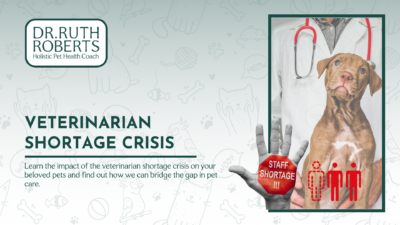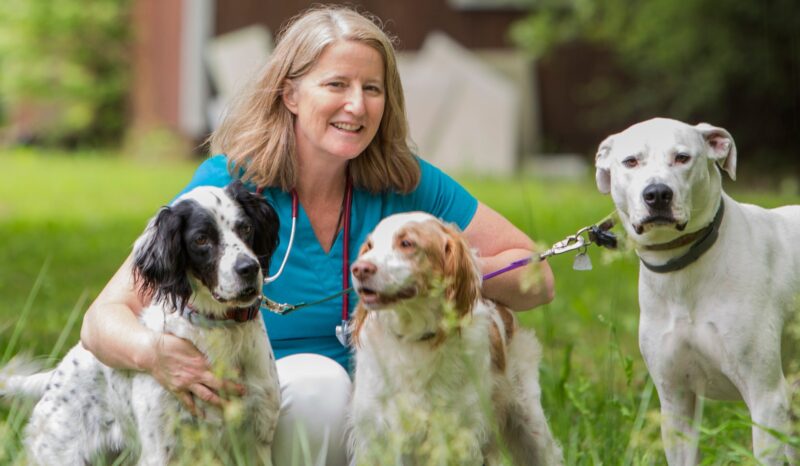Benefits of Socializing Your Dogs

How do you spend time with your dog?
When taking care of them daily, does the idea of How do they socialize ever cross your mind? Or even the question: Do dogs need to mix? And does it matter? And how do you even socialize a dog with other dogs and strangers?
Well, you are on the right track! Because in this area, we will be discussing the Benefits of Socializing Your Dog.
But first, let’s define Dog Socialization:
Dog socialization is helping your dog feel comfortable among other canines, new people, and unusual locations and circumstances. The goal of socialization is to obtain new experiences.
Understanding their surroundings allows your dog to enjoy a better, more comfortable existence. Socialization teaches your dog how to respond to the environment healthily, without fear or hostility. Starting early may help you and your dog avoid extra complications.
Furthermore, dogs that engage, exercise, and play with other dogs, and humans have long and healthy lives, and it is essential to understand our pet’s behavior because when a dog is nervous or concerned about an interaction, they spend less time having fun and burning energy and more time feeling agitated.
Is it ever too late to socialize a dog?
Well, there are some telltale signs that your dog needs to be socialized. But according to the American Veterinary Medical Association, socializing your dog as early as possible is crucial. Experts in animal behavior have identified the 4-14 week timeframe as the most critical for early socializing.
Your puppy is naturally interested and extroverted throughout the first three months of life. They haven’t yet learned to be afraid. It’s the ideal moment to expose them to new experiences. Socialization gets increasingly difficult at the age of roughly 18 weeks. Puppies that have not had favorable interactions with various people, animals, and situations may be afraid by this age.

How do you socialize a dog?
Everyone may socialize with adult dogs at any age. If your dog is new to the world, take them outdoors and get them started immediately. Not all dogs have the opportunity to be socialized as pups.
Now here are some tips on how to socialize your dogs:
- Examine your dog’s body language to discover how they are feeling.
- You may execute positive reinforcements as an effective technique to help your dog form positive connections with the outside world.
- Dog socialization classes also help as this is an excellent opportunity for socializing; this might assist you in starting obedience training at an early age.
Socializing a dog with other dogs
One of the most crucial aspects of socialization for your dog is how to interact with other dogs & cats. You want to get your pup used being around other dogs, but be patient since it might take some time.
- Leave the house—with specific warnings and restrictions.
- Allow your dog to watch other dogs without approaching them. You may do this by visiting a dog park but remaining outside the gate or loitering along walking paths.
- Reward your dog with goodies. You may begin to get closer when your dog is comfortable observing dogs from a distance.
- When your dog seems at ease, you may begin engaging with other dogs by taking parallel walks together, which may be overwhelming for under-socialized dogs and provides less opportunity for contact with an aggressive dog, which may stymie your development.
Socializing a dog with strangers
Humans vary in appearance, scent, and behavior, and our dogs notice and it would help if you socialized your dog with various persons to ensure that they know how to retain their calm.
- Make their interactions with other people as favorable as possible. When a stranger comes over, offer your dog goodies as the stranger approaches, or have the visitor greet your dog outdoors before entering the house.
- Make sure that unusual humans let your dog approach them and that they do not reach above your dog’s head to pat them since most dogs come with new people and objects to gain vital information, not to obtain love.
Socializing a rescue dog with Humans
When you acquire a rescue dog, you frequently have no clue about its history. Regardless of that, many rescue dogs struggle to socialize with other dogs, children, and strangers.
Be aware of your rescue dog’s warning signals.
How can dogs express anxiety? How do dogs communicate?
- Begin by interacting briefly with other canines and people.
- Walk your rescue dog daily.
- Be cautious of negative prior experiences.
- Enroll in dog socializing class.
- Socialize your rescue dog with household goods as well.
- Maintain consistency and positivity.
What happens if a dog isn't socialized?
Unsocialized dogs may grow uneasy and scared of anything unusual if they are not adequately socialized; this is often the case with older rescue dogs that have been rescued from negligent or abusive environments. However, it may also occur in dogs who did not have the chance to socialize as puppies. This may result to fear and anxiety in most cases.
It may be unpleasant to live with an unsocialized dog, whether it aches to watch your dog so timid or you’re afraid he’ll injure someone else. A socialized pet means fewer unpleasant visits to the veterinary hospital, more enjoyable outings to the dog park, and the opportunity to take your dog on walks without fear of him snapping at someone suddenly or pursuing a youngster on a bicycle.
Dogs that haven’t been socialized with other people are sometimes afraid of new scenarios and conditions. Socializing your dog via activities such as going to the dog park or doggy daycare or even utilizing some devices may help reduce anxiety.
How do I teach my dog not to bark at other dogs?
On walks, it’s normal for dogs to bark and lunge at other dogs. While barking is often a kind canine welcome, it’s crucial to recognize when it becomes inappropriate, aggressive, or excessive, even if there are times when dogs can be a bully.
To stop your dog from barking at other dogs, you must first figure out what is causing your dog to bark in the first place. Understanding how they feel can help you comprehend the source of their loud sounds.
So, here are some quick ways how to prevent your dog from barking at the other dogs:
- Take a different direction
- Learn to identify your dog’s feelings
- Keep moving on the walk
- Amuse your dog with training
- Instruct your dog to pay attention to you
- Enroll your dog in a dog socialization class.
Overall, don’t quit if you have an older dog afraid of other dogs or humans. Socializing your dog is entirely doable at any age. You may need to be patient as you gradually assist your dog in forming good connections—request assistance from a trainer. The benefits of a well-socialized dog are well worth the effort.














